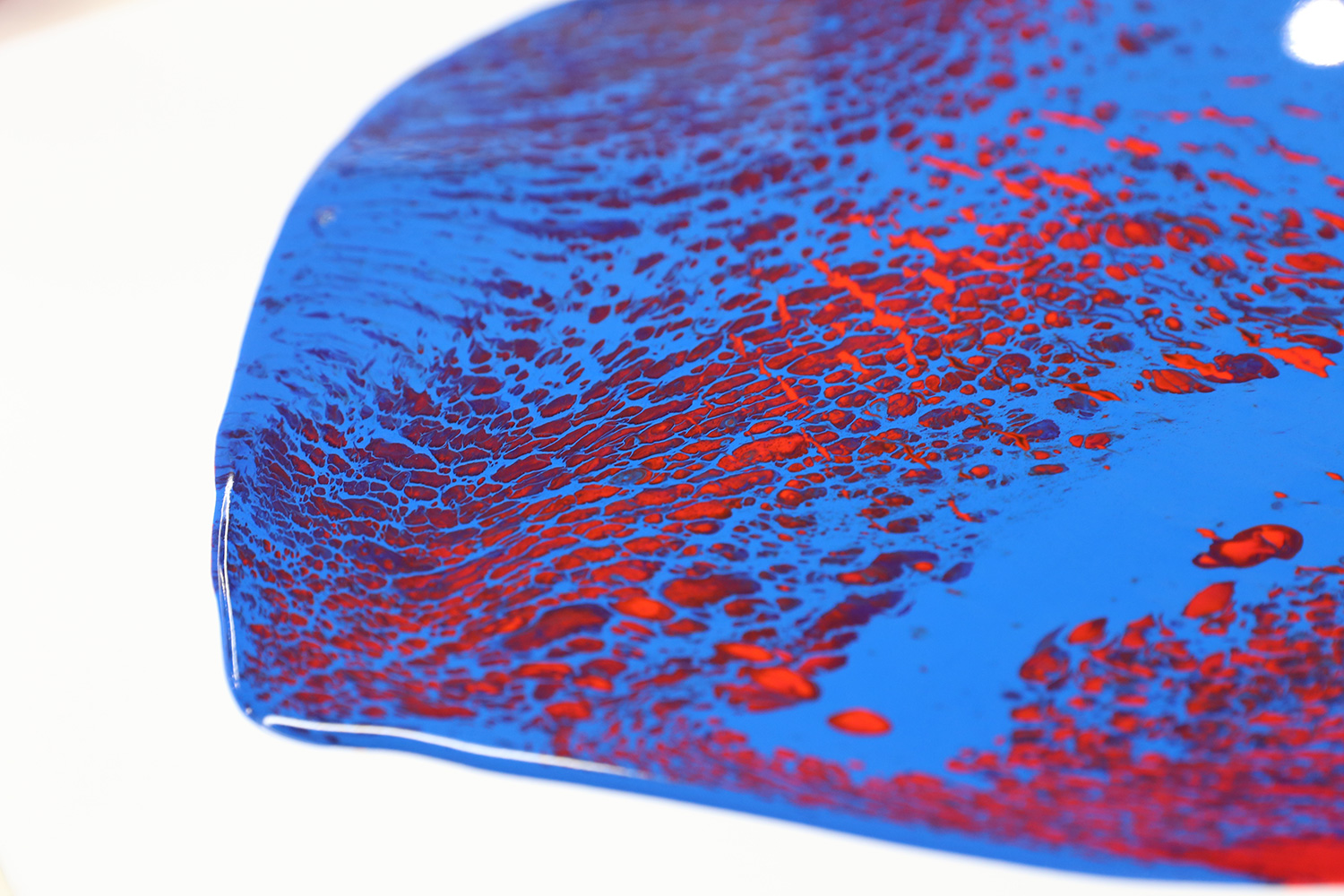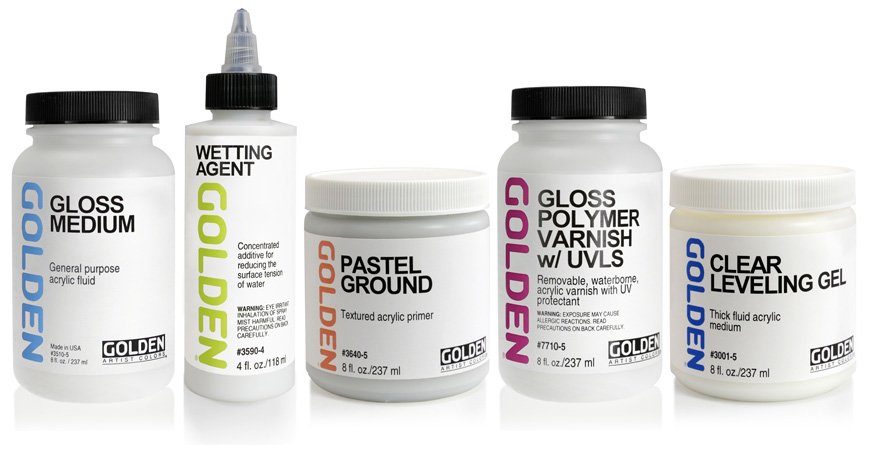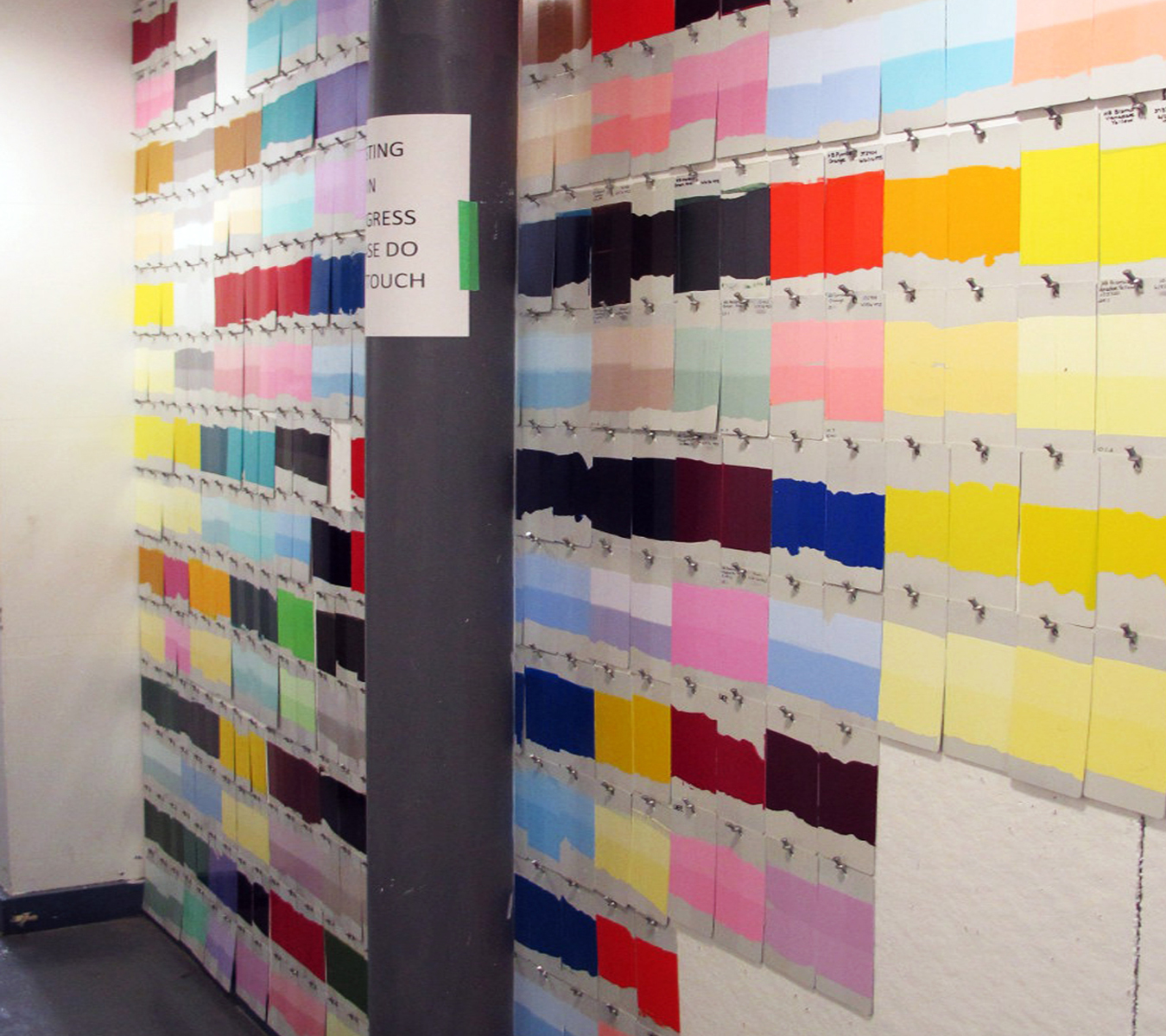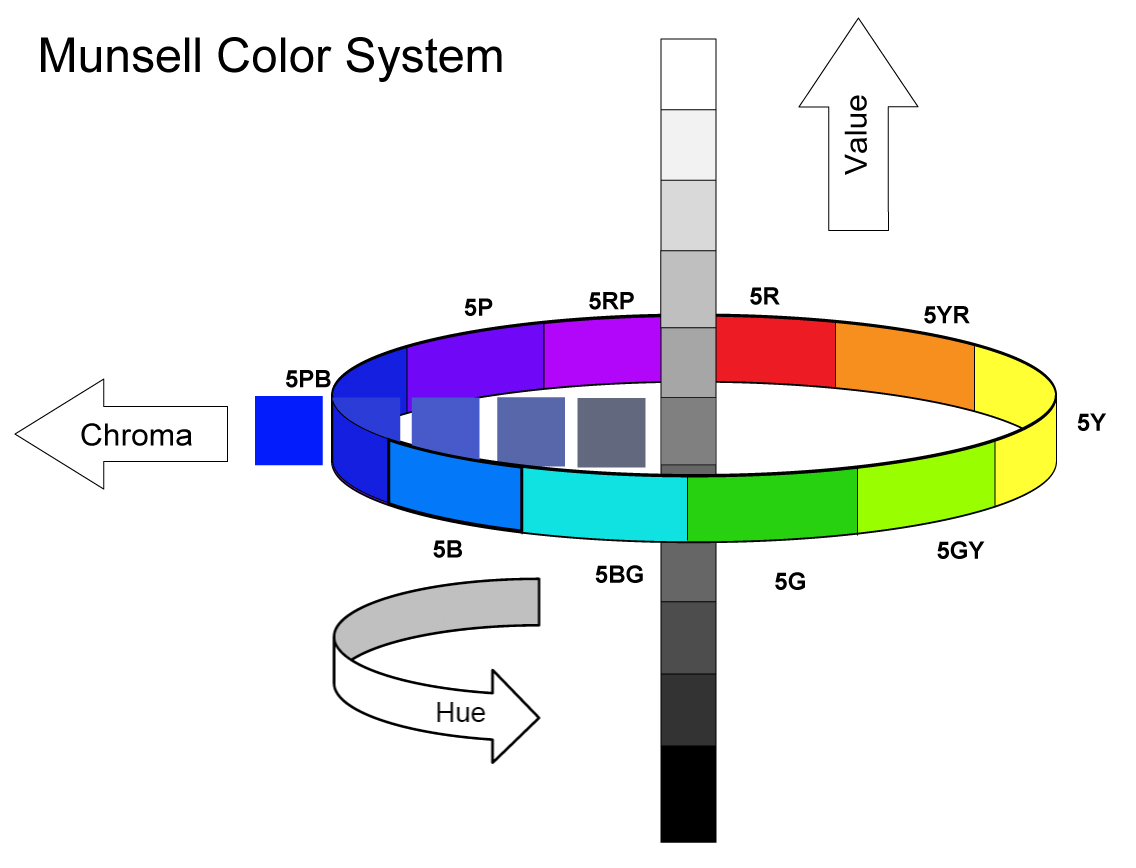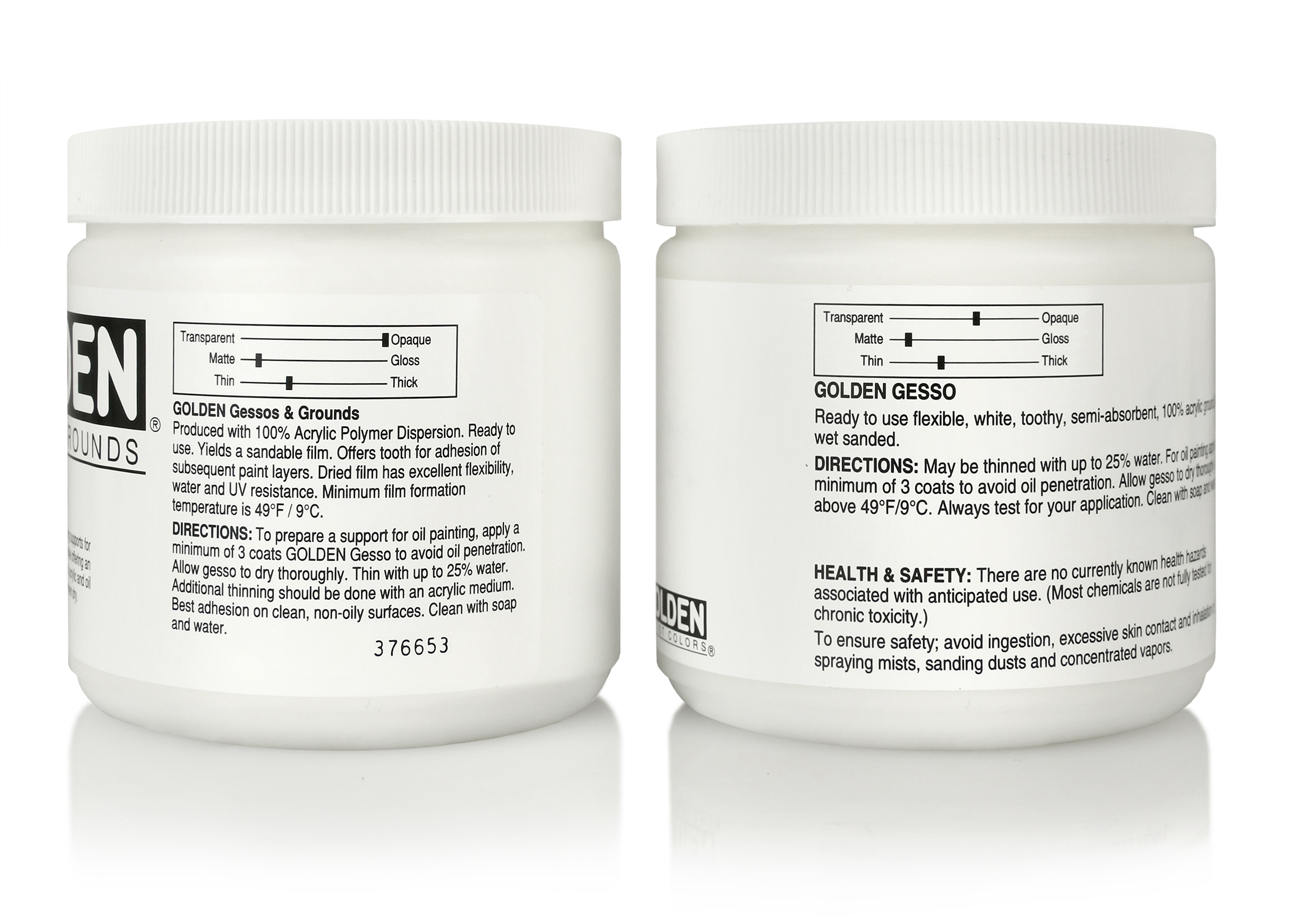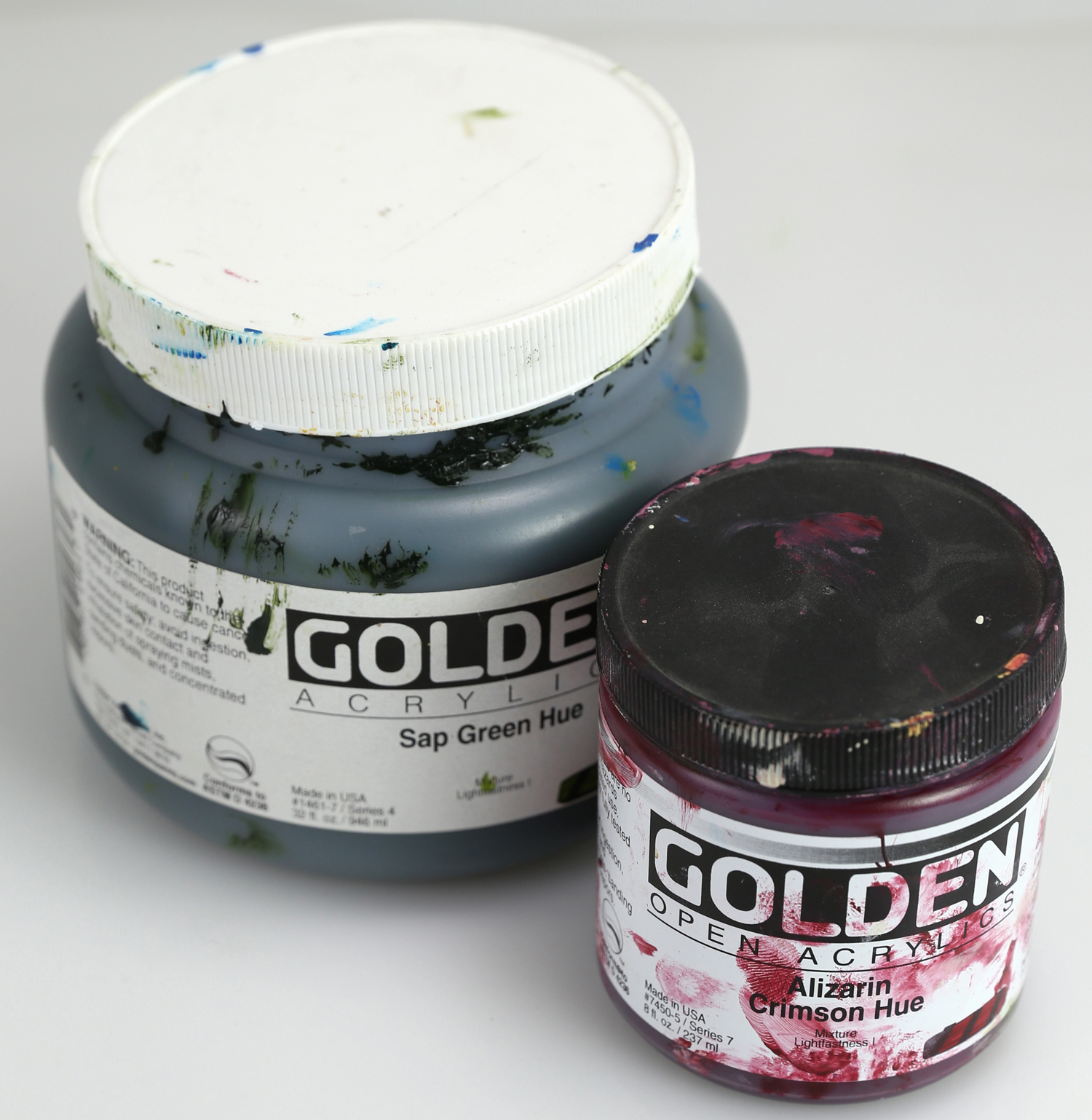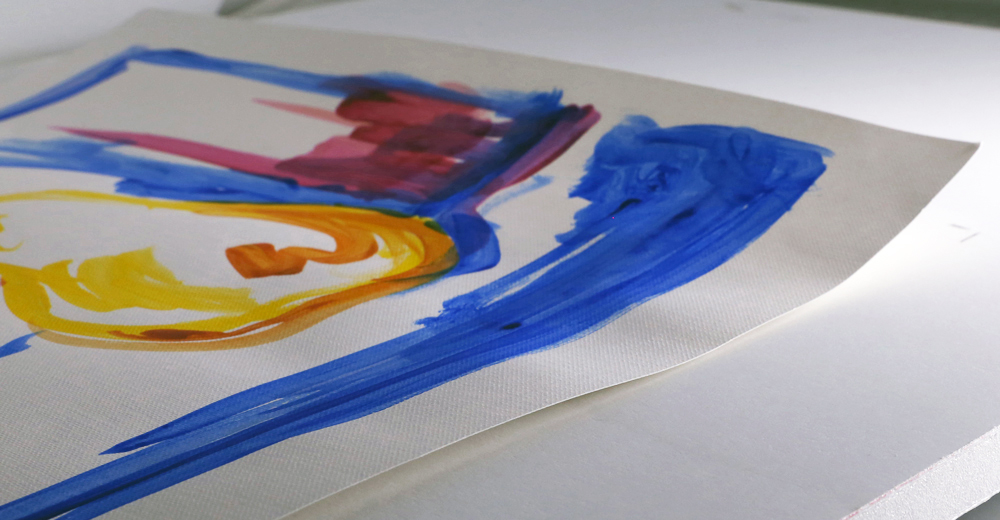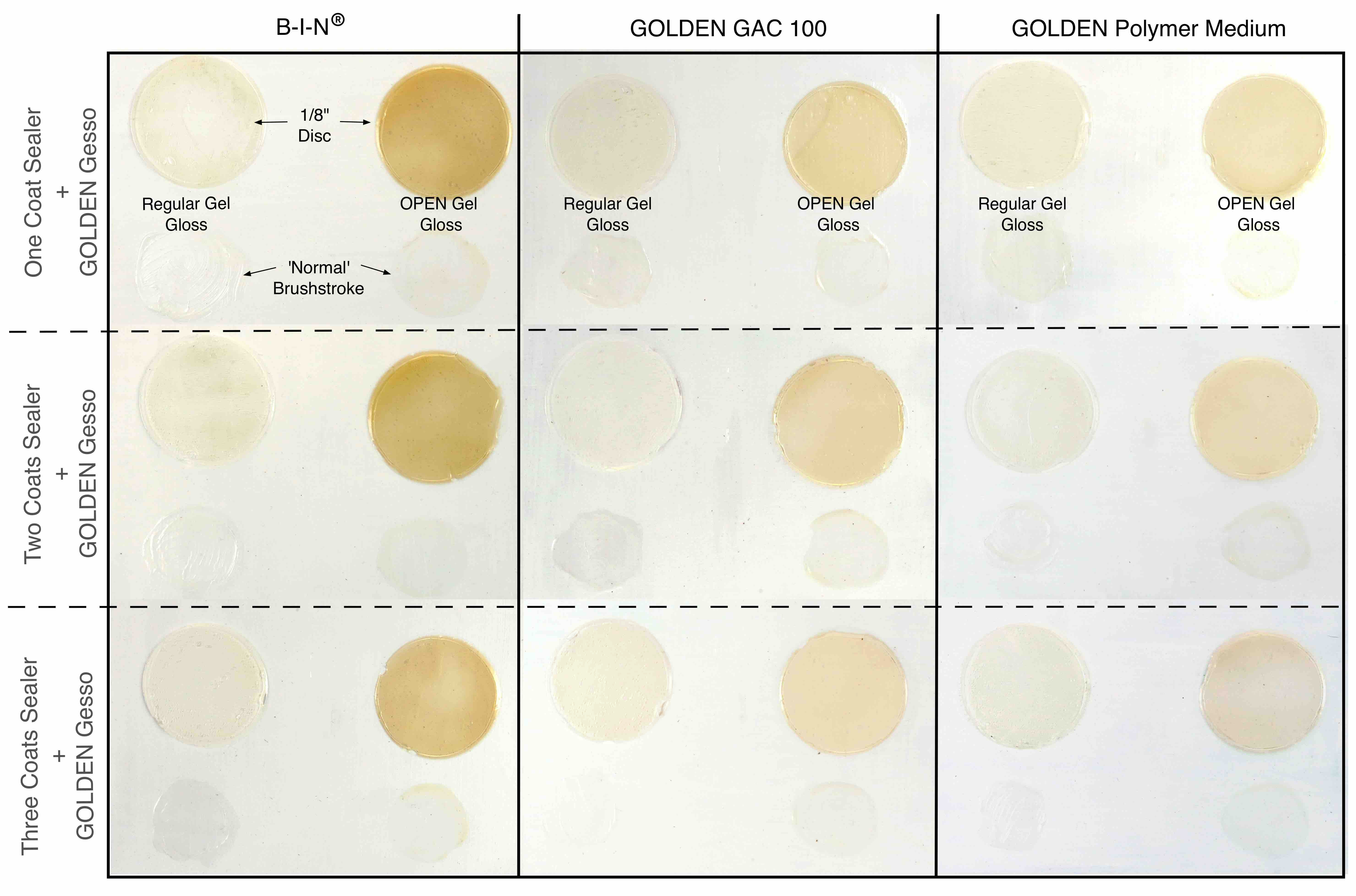Paint Additions Into GAC 800 for Pouring Applications Several rounds of test mixtures of GAC 800 and GOLDEN paints. By far, the most popular GOLDEN Acrylic Medium used for pouring paints is GAC 800. Our Heavy Body Acrylics, Fluid Acrylics, and High Flow Acrylic paint lines readily blend with this free-flowing medium. These mixtures will merge … Read more
Home>Uncategorized> Acrylics> Application> Artist Resources> Color > Paint Additions into GAC 800 for Pouring Applications
Archive | Acrylics
You may have noticed the new labels adorning the bottles and jars in the GOLDEN Mediums, Gels, Pastes, Additives and Varnishes sections of the stores and online retailers. The new fresh look and new naming convention is our way of updating the look of our products, as well as making some of the names of … Read more
While we often report on results from lightfastness testing, we have rarely paused to actually describe the process we follow. And let’s face it, for most people stating that our tests conform to ASTM D4303, Standard Test Methods for Lightfastness of Colorants Used in Artists’ Materials, does very little to fill in the blanks. In an attempt to solve … Read more
Direct, exterior exposure is highly demanding on coatings, with the test fences set at a 45º angle to maximize the effect of sun, rain, snow and ice. In 1993 and again in 2009, long-term exterior tests of the acrylic colors lasting 4 and 3 years respectively were conducted in South Florida. From these results and in … Read more
It’s summertime and Munsell is in the air. Or at least it seems that way, given the increasing number of requests for various Munsell notations that have recently come our way. And if you happen to be new to Munsell, a widely used standard for classifying colors since its debut in 1905, not to worry – there is … Read more
This article briefly explores the permanent changes created by varnishing transparent watercolor on paper, in particular the aesthetic changes to color, value, texture, and sheen. Keep in mind that varnishing also changes the nature of the painting through the permanent addition of acrylic. While there are several approaches to varnishing watercolor, we only focused on … Read more
You might have recently noticed that we updated our labels for Grounds, Mediums and Gels to aim for better clarity, accuracy and simplicity. While reviewing the labels, we decided to both standardize the descriptions of all of these products and double check the accuracy of the sliders which help convey opacity, sheen and thickness. In … Read more
A common question we get is “how long should I wait before applying my next application of acrylic?” Actually, in most cases one can apply multiple layers at any time as this is one of the unique properties of acrylic products. It really doesn’t matter in terms of final film formation and toughness. But in … Read more
When water is applied to paper, the fibers can soak up liquid and expand. This may create the infamous buckles and cockles that can be the bane (or joy) of those who paint with watermedia. This article reports on what happened when High Flow Acrylics and Heavy Body Acrylics were applied to Arches 140 lb. … Read more
In many ways this article is a continuation from an earlier one, Waterproof India Inks and Shellac-based Primers, which focused mostly on the alkaline sensitivity of shellac-based india inks when used with acrylics. However, towards the end of the article we briefly looked at Zinsser’s B-I-N®, a common pigmented shellac primer, to see if it had similar … Read more

